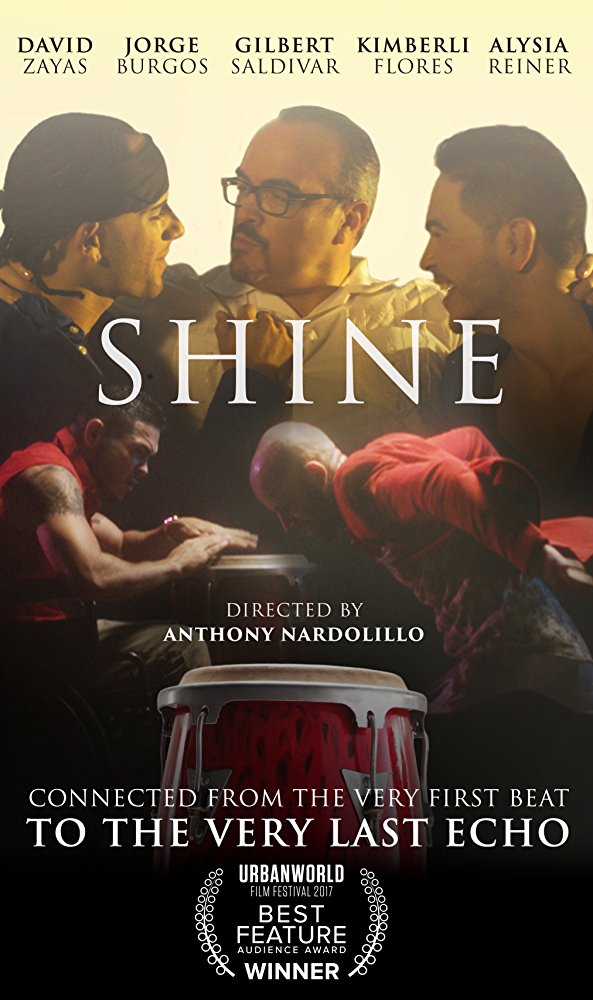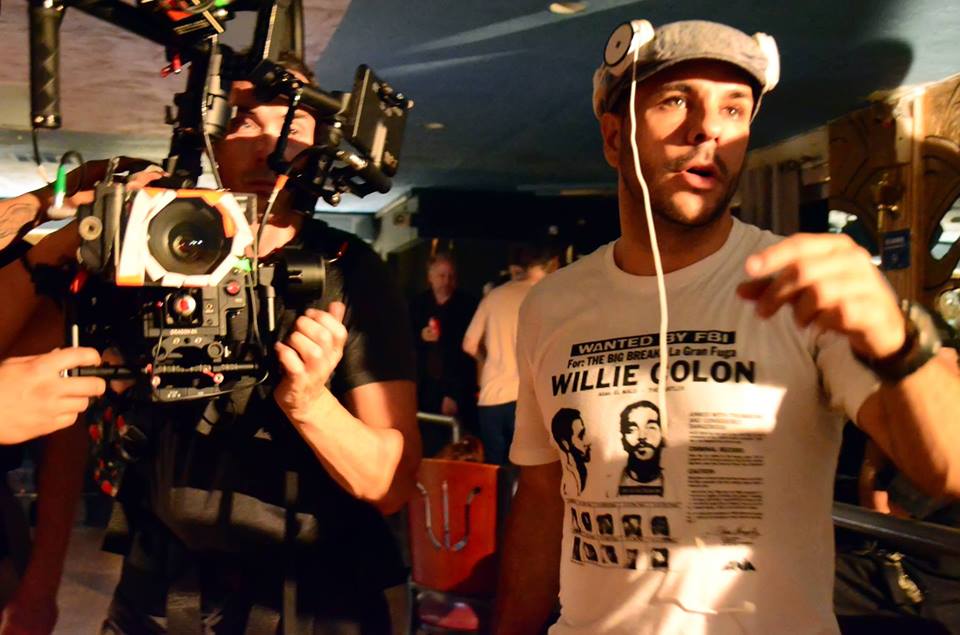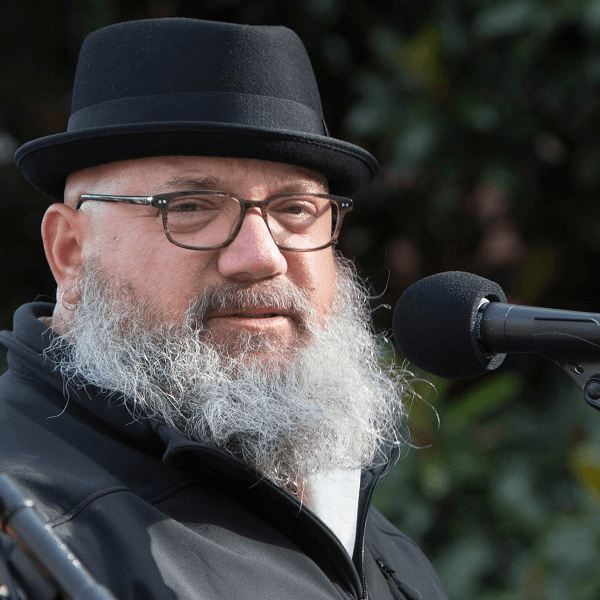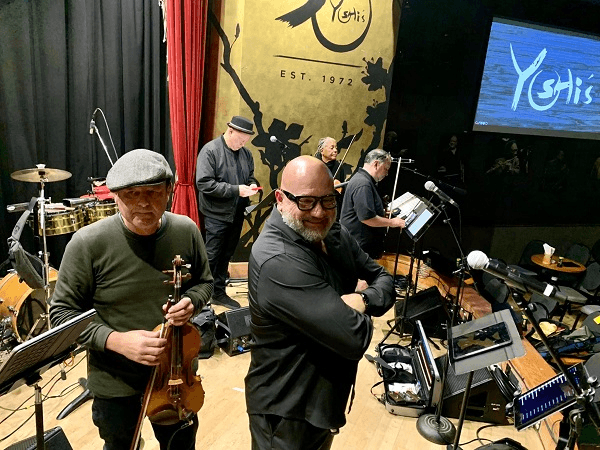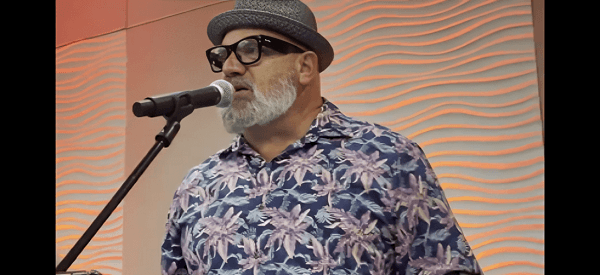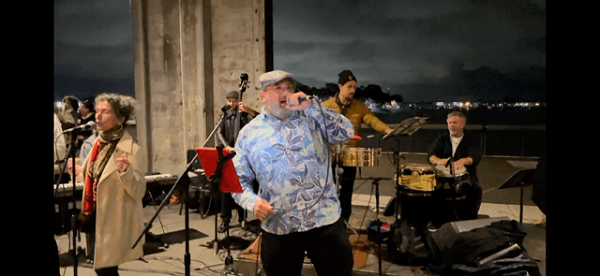North America / USA / New York
Andrea Brachfeld (Flutist), Graduated from the High School of Music and Art and Manhattan School of Music. During the last 20 years he has recorded more than a dozen CDs with many artists, including Africando, Noel Pointer, and Timbalaye. Her big break as the flutist for the popular Latin band Charanga 76 catapulted her into Salsa history and fame as the first female flutist to play this music in the United States.

While in high school he received the “Louis Armstrong Award for Outstanding Alumnus” for Jazz Interactions. Study with Hubert Laws, Jimmy Heath, and Mike Longo helped him develop his own style. Downbeat magazine referring to Andrea as “one of the best jazz flautists around”.

She has twice been the winner of the Latino Award in New York, as a flutist. He has performed with Dave Valentín, Néstor Torres, and Ray Barretto, among others. While in Venezuela, he had the honor of opening for Chick Corea and Paco de Lucía. She recently received the Chico O’Farrill Lifetime Achievement Award from Latin Jazz USA. Her first Latin jazz CD, “Remembered Dreams” combines Latin originals with contemporary jazz cuts. His second CD, “Back With Sweet Passion,” is a dynamic salsa recording featuring Grammy winner Oscar Hernández on piano, and Alfredo De La Fey on violin.

Her third CD “Beyond Standards” is a collaborative effort with Chembo Corniel, featuring jazz greats Hilton Ruiz on piano and Steve Turre on trombone.
She has appeared with the Winnepeg Jazz Orchestra as a soloist performing her own compositions as well as those of Mike Longo, Dizzy Gillespie’s longtime musical director. He is currently performing with his own group, including Phoenix Rising, with a new CD out, “Into The World: A Musical Offering” with guest artists Mike Longo, West Paul and Brian Lynch.


